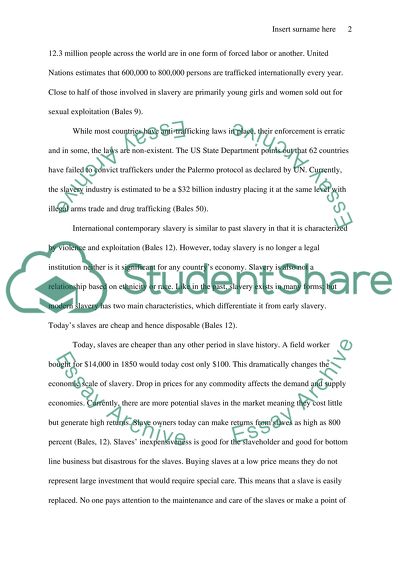Cite this document
(“International Contemporary Slavery Research Paper”, n.d.)
Retrieved from https://studentshare.org/history/1454698-contemporary-slavery
Retrieved from https://studentshare.org/history/1454698-contemporary-slavery
(International Contemporary Slavery Research Paper)
https://studentshare.org/history/1454698-contemporary-slavery.
https://studentshare.org/history/1454698-contemporary-slavery.
“International Contemporary Slavery Research Paper”, n.d. https://studentshare.org/history/1454698-contemporary-slavery.


